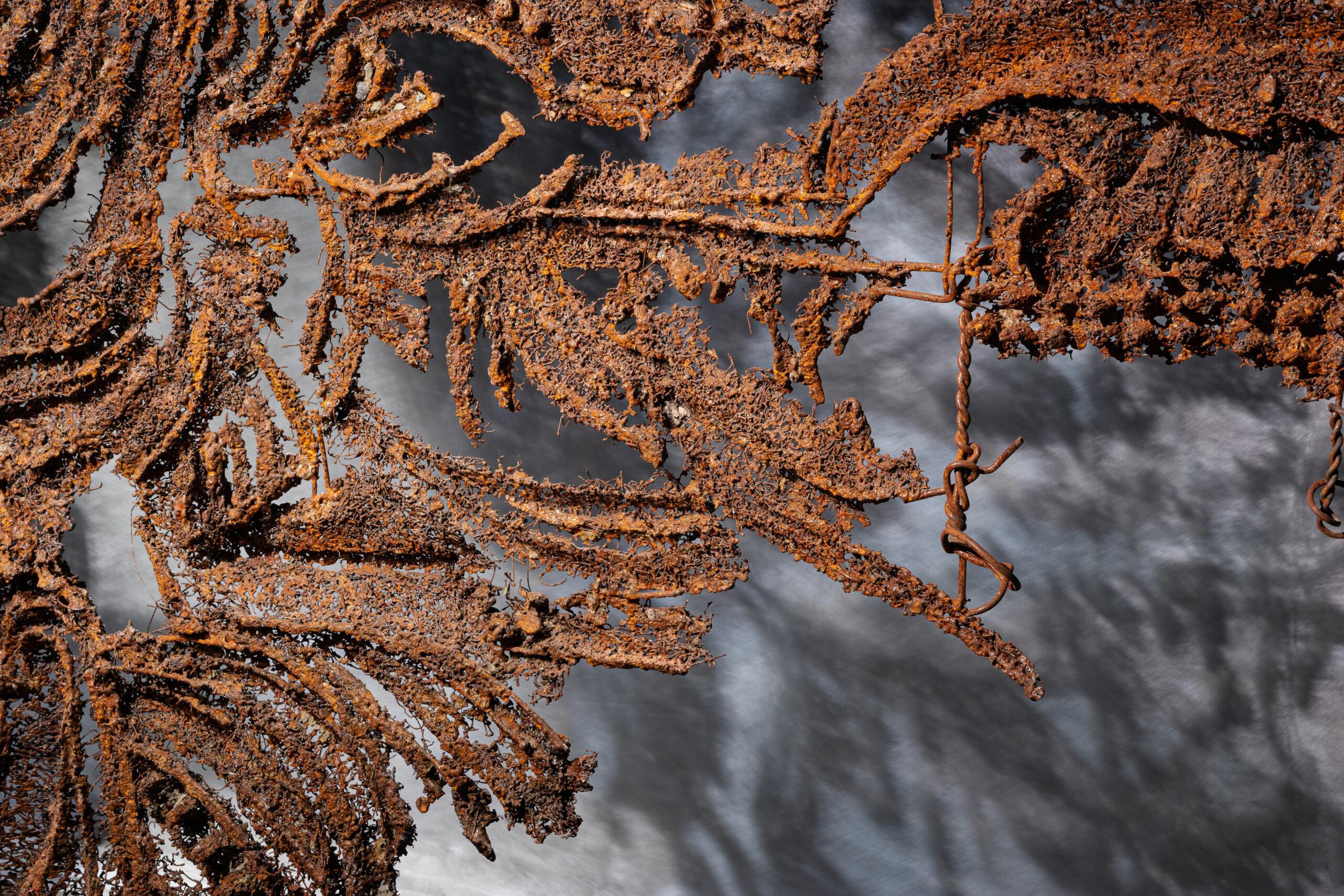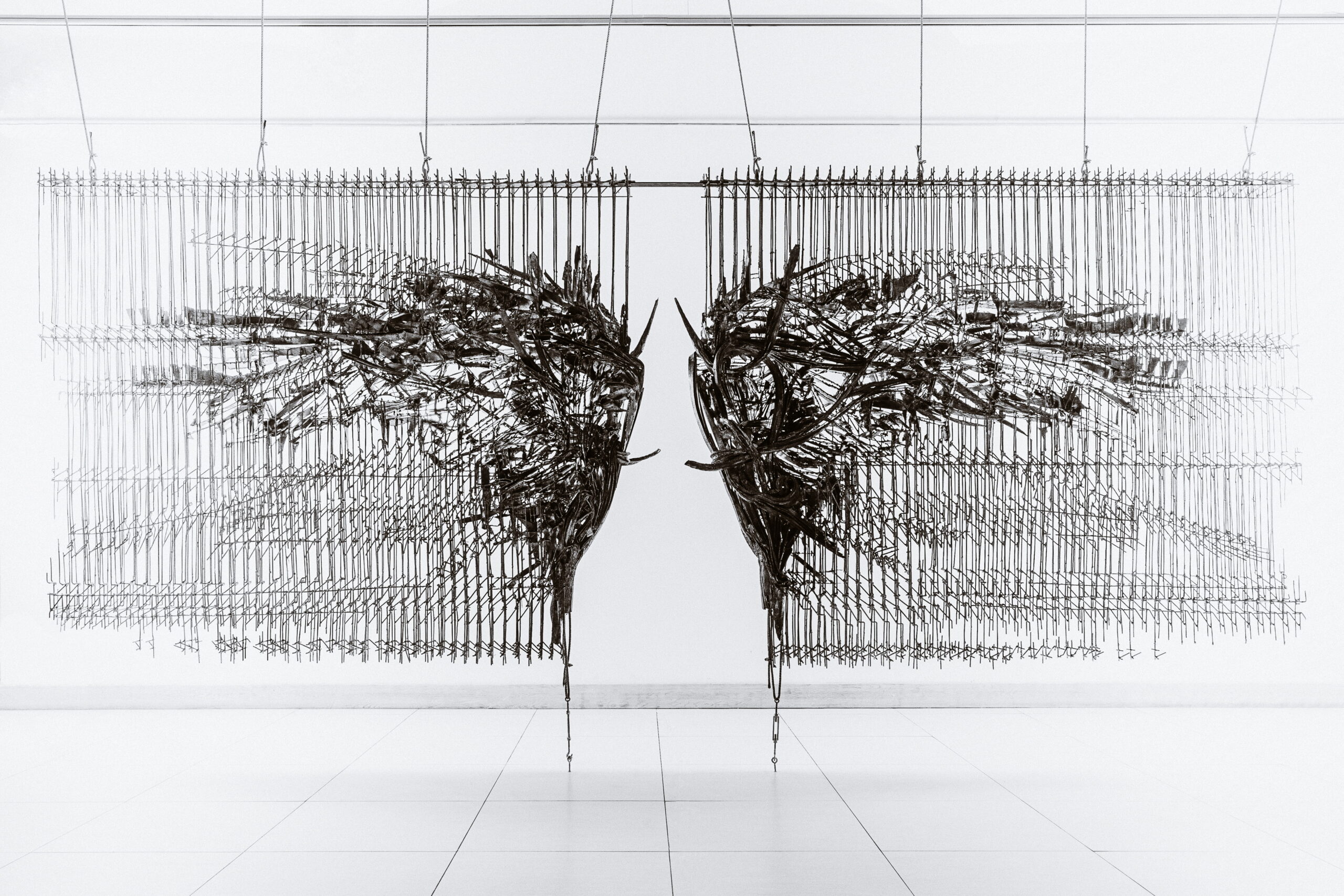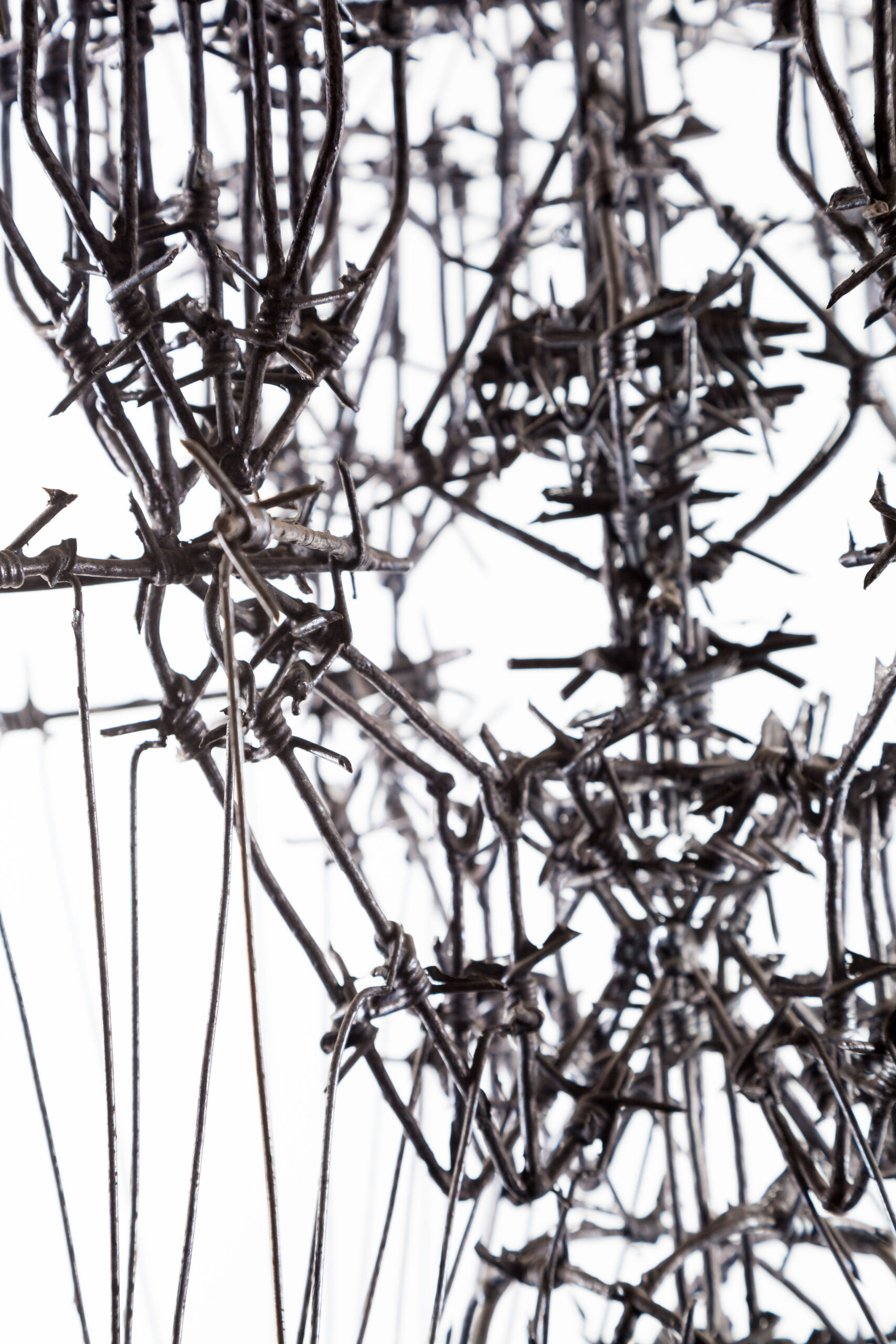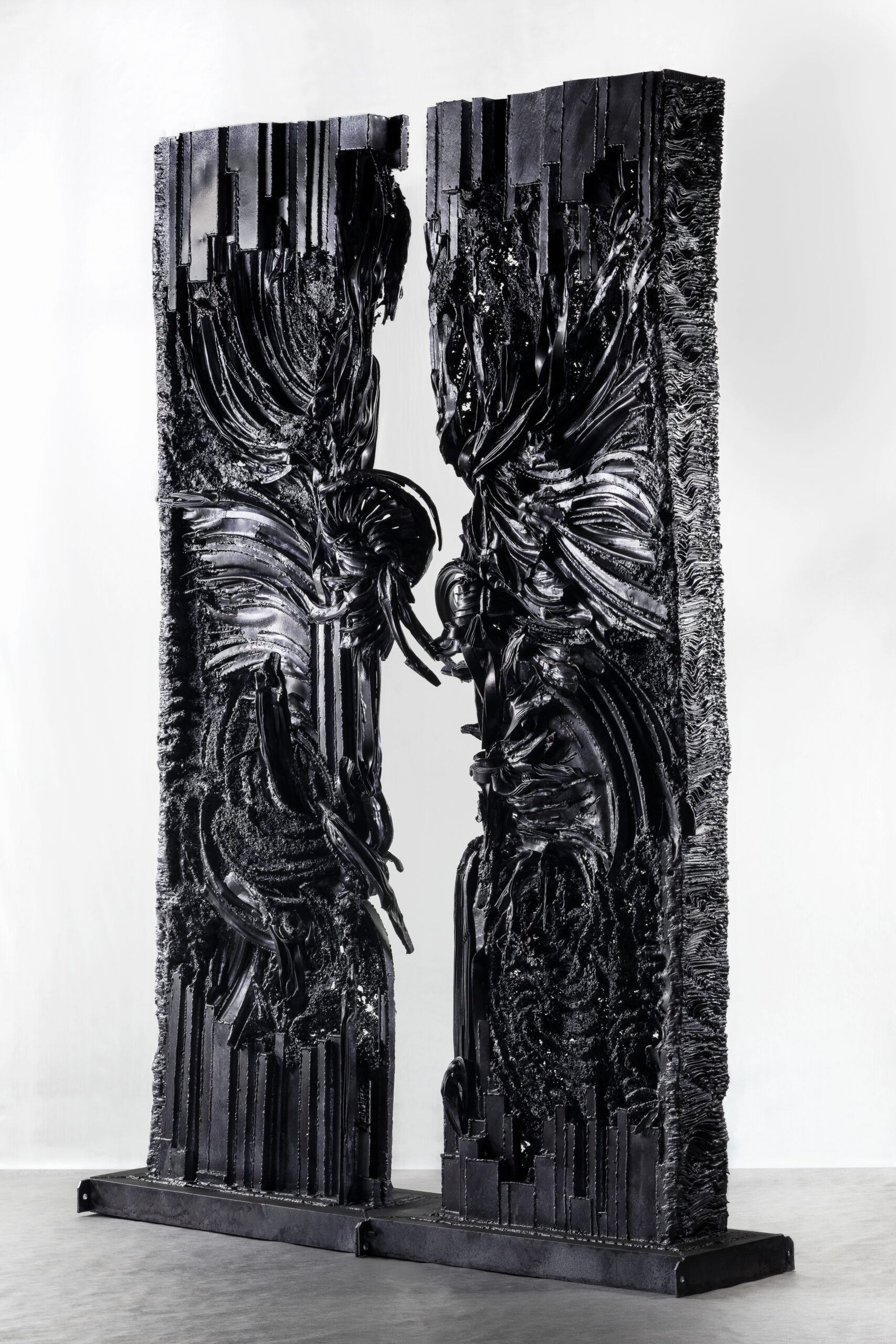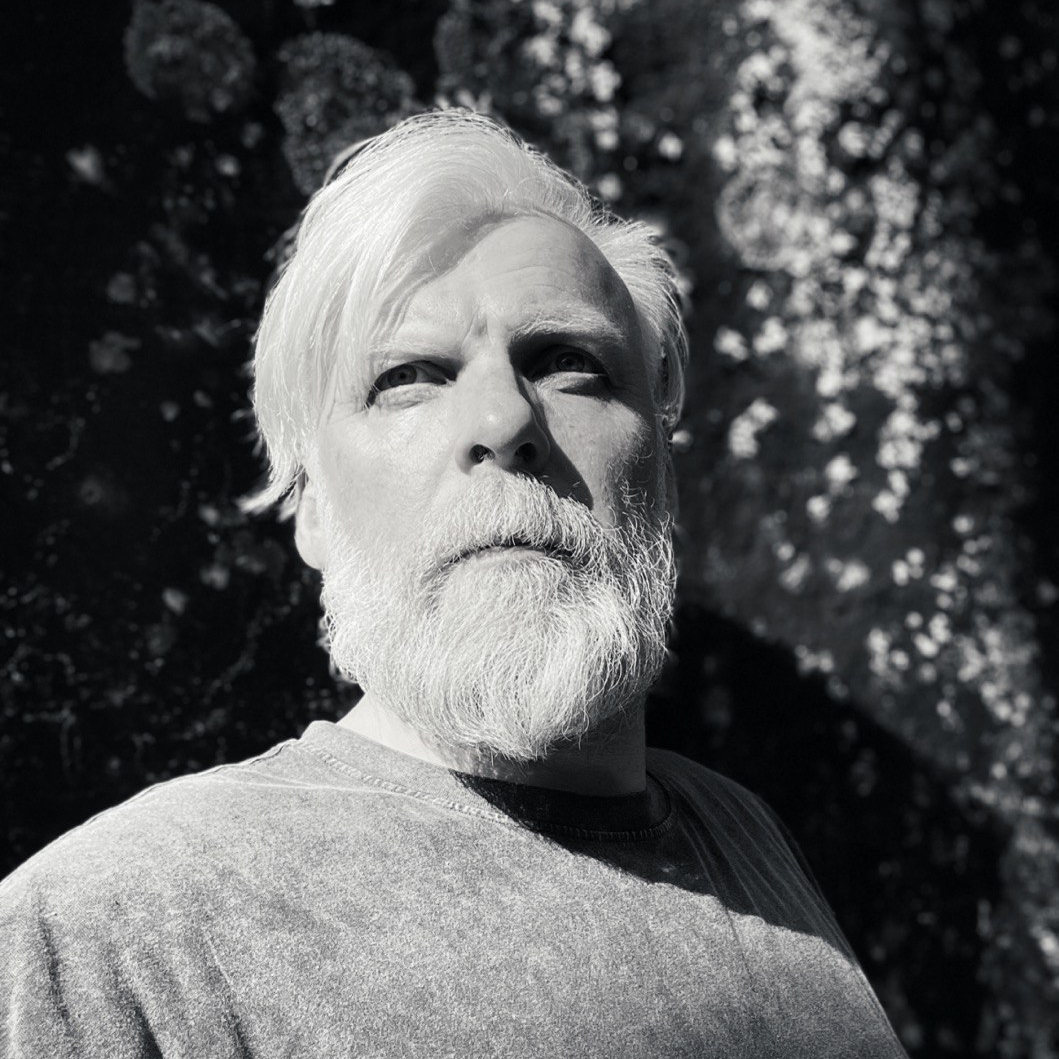
Dmitry Zhukov
Dmitry Zhukov is a Russian sculptor, graduate of the Stieglitz State Academy of Art and Industry (2006), participant of exhibitions in Russia and abroad, among them Art Helsinki 2016, Finland, Nord Art 2010 and 2015, Büdelsdorf, Germany, IX International Biennale of Contemporary Art “Dialogues”, Manezh Central Exhibition Hall, St. Petersburg, Russia, 2009, “Dysfashional”, Garage Museum of Contemporary Art, Moscow, Russia, 2010, Special Project of the 6th Moscow Biennale of Contemporary Art “Panopticum”, Palace of Culture, Bauman Moscow State Technical University, Moscow, Russia, 2015. A member of the Union of Artists of Russia since 2009. Since 2006 he has been a lecturer in Russia and a visiting lecturer at international institutions. Zhukov’s artworks are in the collections of the State Russian Museum, La Collection Air Art Park, Lucerne, Switzerland, Erarta Museum of Contemporary Art, St. Petersburg, Russia, and in private collections in Russia, Germany, Switzerland, Argentina and the USA. Lives and works in the Republic of Karelia, Russia.
Dmitry Zhukov, a graduate of the Department of Artistic Metalworking, works in the technique of forging, using traditional forge welding — the oldest method of welding metals by applying pressure: after heating the metal to the right temperature, it is required to align the welded surfaces in the right way, and then apply pressure by hitting the joints with a hammer. This technique has been known since the 3rd millennium B.C. and was used by the Tripoli cultures when making copper products, then used in Ancient Egypt and flourished in Kievan Rus in the early Middle Ages. For Zhukov, sculptural practice relies heavily on a long preparatory process in which he uses models made of different materials as well as graphic sketching and drawing. Zhukov explores the proportions of the human body as a basis for creating proportion in abstract sculpture: he literally spins volume from strips of metal, focusing on rhythm and proportionality of details.
The main subjects of his statement are time, memory, history and the revitalisation of tradition. In the project “Russian Laces” (2017), Zhukov attempts to stop time by transferring the patterns created by thread into sculptures made of barbed wire, using this material to create another layer of statement. Historicity manifests itself not only through the experience of embracing tradition, the ancient method of forging, but also through what this wire can symbolise: the trauma of repression, wars, forced displacement and restriction of freedom, wherein, despite adversity, indigenous arts were preserved as the basis and core of identity. The arts and crafts of decorating cloth with various patterns, “women’s chronicles” with monochrome or two-colour geometric ornaments are inherited from the Pomor, Saami and other indigenous cultures of the North. Neither religious nor secular authorities interfered practically in this art at the level of ideology, allowing this artistic language to exist autonomously in the mainstream of “folk crafts” and traditionally female practices, but many techniques and methods were lost, as is often the case with customs in the era of technological progress and fast culture. Zhukov transfers this language, its patterns and rhythm, from the plane of the cloth-weave to a metal volume, more durable and therefore aspiring to eternity.
Through the optics and problematics of time, Dmitry Zhukov explores other topics, which he reveals in the plasticity of sculpture through the projects “ The Veil” (2023) and “Wings” (2017). The first two draw on the tradition of weaving, transposing the method of thread weaving into steel, creating timeless constructions-symbols out of metal yarn that appeal to memory and historical associations. In the large-scale work “French De Sad” (2021), Zhukov explores the form of the architectural portal, in which one can find details of both the unfinished opus magnum of Auguste Rodin’s “The Gates of Hell” and the rhythm and plasticity of the portals of Gothic cathedrals, drowning in the eternal struggle between violence and beauty, read by the author through the differences in the tradition of English and French parks, the battle between chaos and order.
In his artistic practice, Zhukov creates a unique method of working with metal, steel, based on a thorough research of traditional crafts, creating monumental statements through forging.
Download CV
